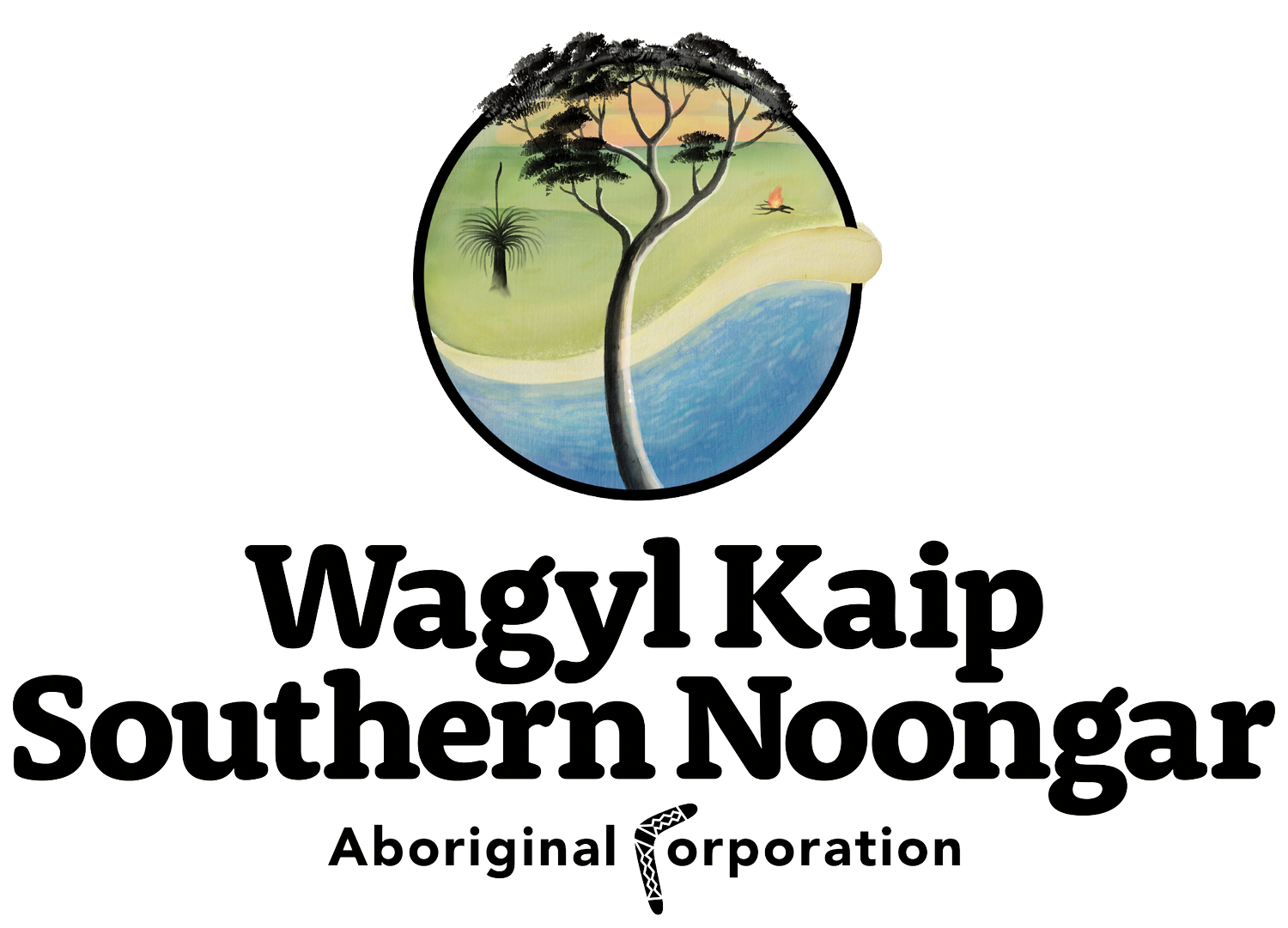Mamang Maambakoort Marine Park
What is the Country we seek to protect?
The proposed Mamang Maambakoort Marine Park — the first of the four connected parks that make up the South Coast Marine Park (SCMP) — covers 94,150 hectares adjacent to the Shires of Jerramungup and Ravensthorpe.
The marine park would start east of the town of Bremer Bay and extend 30km past the town of Hopetoun, protecting the pristine coastal and estuarine waters, and preserving the breeding and foraging grounds of whales, seals, penguins and other marine life.
This section of the SCMP will link to the Fitzgerald River National Park and sit within the 1.53 million ha Fitzgerald Biosphere Reserve — recognised as one of the richest places in the world for biodiversity.
Traditional Owners have spent thousands of years caring for Country in this remote and inaccessible area, where rivers, creeks and wetlands merge into the wild marshes and estuaries that dot the coast.
“We would often hand catch fish in the estuaries. Often fish would lay in the edges of warm water in the estuaries. Using tree branches with lots of leaves, we would sneak up to the fish resting and either pin them down or make a trap with the tree branches. We would also make fish-traps by placing upright strong sticks in a zig-zag position in the tidal water of estuaries. Then using a creeper that we called ‘wallerark,’ we would create a net-like structure that allowed the tide to both flow in and out. When it flowed out the smaller fish could escape, and we would have caught the larger fish.”
The importance of fishing to Noongar culture runs through the many stories and oral histories passed down through generations. By looking at the sky and weather in March, Noongar elders could identify when salmon was running. There are oral traditions — as there are right around Australia — of ‘cooperative fishing’, in which Traditional Owners worked alongside dolphins to drive salmon towards shore.
“There are special places where the old people would sing the dolphins in. The old people used to go and catch ngari (salmon) to feed a whole tribe. A special clever man would light a fire on the beach and blow the smoke out to sea and then start singing to the dolphins. The dolphins would then circle around the big school of ngari and bring them right in to the beach and then the whole tribe could catch the fish and of course they would leave some for the dolphins.”
But other stories also illustrate the importance of the South Coast region not just for food but for spiritual and cultural practice.
The scatter of islands in Doubtful Bay have been cut off from the mainland for thousands of years, but are referred to by the local Noongar people as “the knees” of the Country, reflecting memories of Country that once stretched beyond the shores of today.
The Doubtful islands are proposed to be part of a sanctuary zone that will protect their cultural significance, as well as acknowledge their importance as a breeding, pupping and foraging ground for Australian sea lions and long-nosed fur seals, and the little penguins known to breed and forage in the area.
At Point Hood, the peninsula is an important cultural location for customary activities that would be protected while still allowing non-extractive activities such as wildlife watching, snorkelling, kayaking, boating and swimming in a richly biodiverse and beautiful coastal zone.
For the Wagyl Kaip Southern Noongar (WKSN) people, the whale is a particular totem — and the local Noongar word for whale, Mamang, gives its name to the Mamang Maambakoort Marine Park (maambakoort means ocean or Sea Country).
Of the 38 species of mamang (whales) and kwilena (dolphins) recorded in WA, 27 have been recorded off the South Coast region, including humpback and southern right whales which have distinct breeding populations and migrate annually through the marine park.
Southern right whales frequent Doubtful Island Bay and around Point Ann, including for calving, and the area is believed to be one of the most important locations for the whales along the south coast.
As partners in the joint management of the Mamang Maambakoort Marine Park, WKSN will monitor whale numbers and identify any threats to the population, keep records on entanglements, vessel strikes and beach stranding and encourage education about the life and importance of whales in our cultural heritage and shared ecosystem.
Together with the Department and other stakeholders, we will support the protection and preservation of this important environment, continuing our custodianship, caring for Country, on land and sea.
The Department of Biodiversity Conservation and Attractions (DBCA) and Wagyl Kaip Southern Noongar Aboriginal Corporation (WKSN AC) held their first meeting of the Mamang Maambakoort Marine Park (MMMP) Joint Management Body (JMB) at Bremer Bay on 26 May 2025.
The MMMP JMB consists of six WKSN AC members Graeme Miniter (Chairperson), Deborah Woods, Murray Hodgson, Stuart Roberts, Iris Woods, Darryl Eades and three DBCA members: Jeremy Friend, Vaughn Chapple, and Steve Toole.
The JMB will oversee the implementation of the Marine Park’s Management Plan, advise on protection of Noongar cultural and environmental values, contracting and employment, and development of annual operational plans. It is expected DBCA will advertise for a Section 50D Noongar Ranger position in the next couple of months.
The following day the JMB visited Point Anne to assess visitor facilities and to discuss Noongar cultural interpretation signage.

